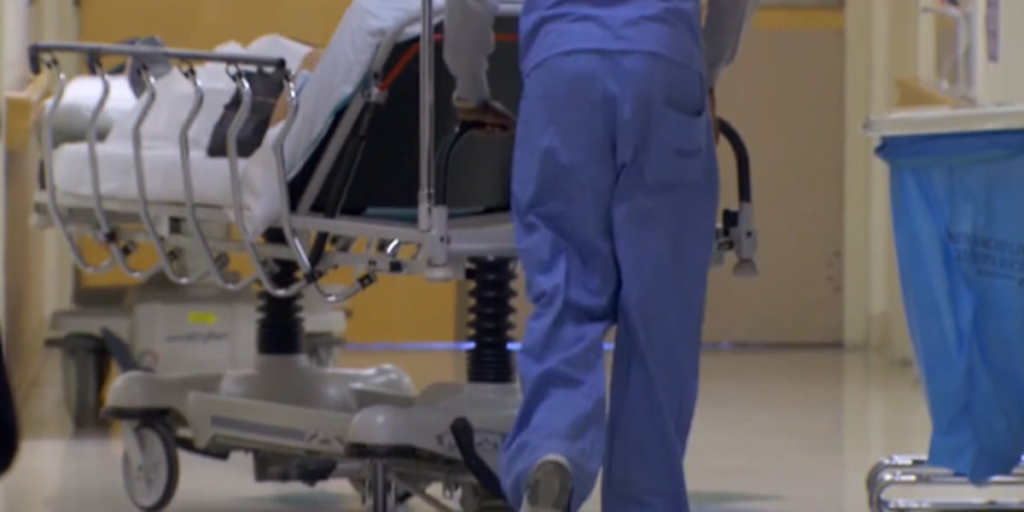Plague Death Reported in Coconino County, Arizona
Flagstaff, Arizona – Health officials confirmed that a resident of northern Arizona has died from the plague, marking the first death from this cause in Coconino County in nearly two decades.
The individual was treated in an emergency room in Flagstaff and sadly, passed away on the same day. Subsequent investigations revealed that pneumonia, due to the Yersinia Pestis bacterium, was the cause of death.
Northern Arizona Healthcare (NAH) provided care in the Flagstaff Medical Center emergency department. Despite efforts to manage the situation and provide life-saving measures, the patient did not survive.
While officials confirmed the individual was a resident of Coconino County, details beyond that are not being released due to HIPAA regulations.
Coconino County health officials explained that the Yersinia Pestis bacterium can be transmitted to animals through bites from infected fleas, and humans can become infected via flea bites or interactions with infected animals.
This marks the first recorded plague-related death in Coconino County since 2007. Health officials emphasize that plague cases are rare, averaging about seven annually, with the last documented case occurring in 1924.
“Our thoughts are with the family and friends of the deceased,” remarked Patrice Holstman, chairman of the Coconino County Board of Supervisors. “We are keeping them in our thoughts during this difficult time. Due to respect for their privacy, we won’t be releasing further information about the case.”
NAH is collaborating with the Coconino County Department of Health and Human Services (CCHHS) and the Arizona Department of Health. Officials stressed that this incident is not related to a recent prairie dog death in the Townsend-Winona area.
CCHHS provided some prevention tips to minimize exposure to the plague:
- Avoid contact with wildlife, whether it’s alive, sick, or dead, and steer clear of areas where they are known to live.
- Use insect repellent with 20-30% DEET and tuck your pants into your socks to fend off fleas.
- Treat pets with veterinarian-approved flea management and keep them leashed, away from areas inhabited by wild rodents.
- Monitor sick pets for symptoms such as high fever, swollen lymph nodes, lethargy, loss of appetite, coughing, and eye drainage. It’s important to note that cats are particularly vulnerable.
- Keep your environment clean by removing brush, rock piles, trash, and timber near homes and buildings.
- Avoid camping near rodent dens and refrain from sleeping directly on the ground.
- Report any prairie dog deaths to your local health department.
Symptoms of human plague can appear up to eight days after exposure and may include fever, chills, headache, weakness, and muscle pain. Swollen lymph nodes can also develop in areas like the groin, armpits, and limbs.
For more information about the plague, visit the relevant health resources.







